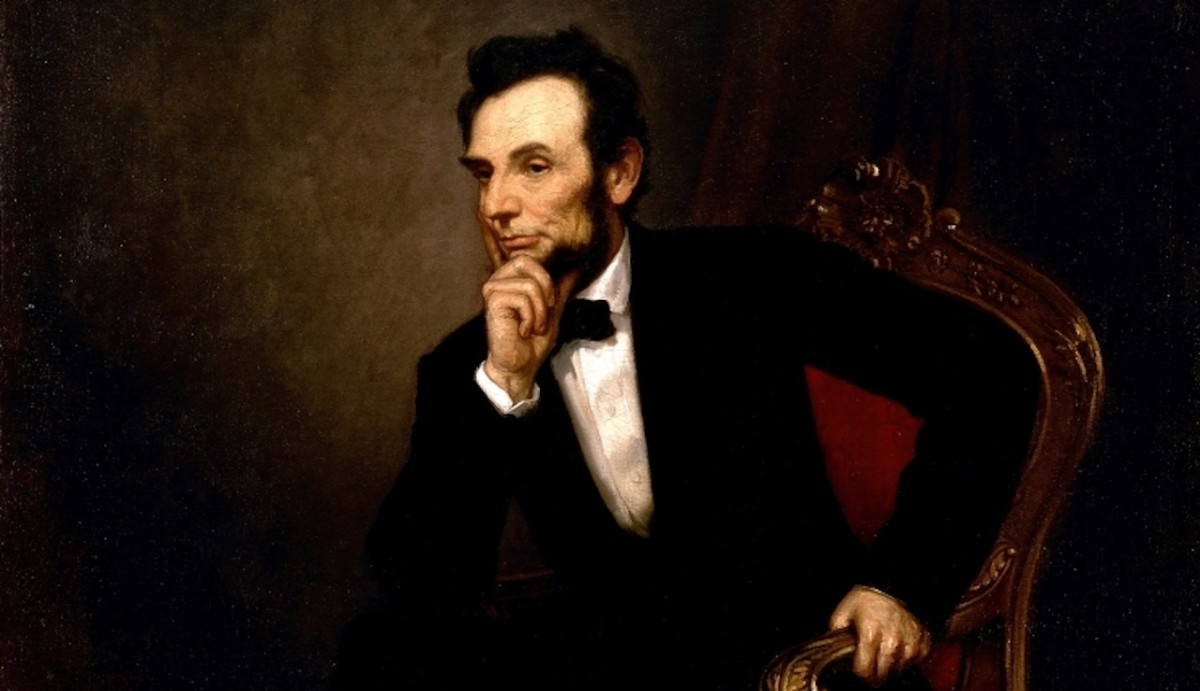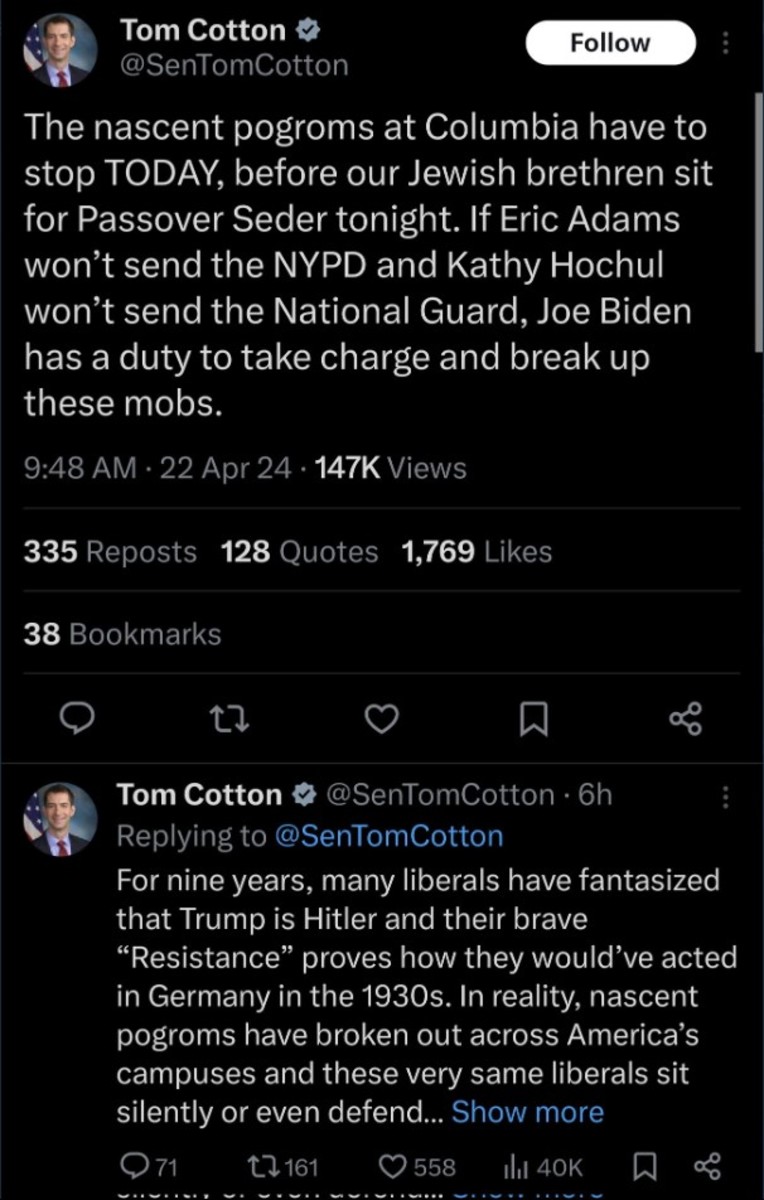Could the Iranian Revolution been avoided?
Mohammad Reza

Between the carrot and the stick...
The revolution in Iran and the overthrow of Mohammad Reza, the Shah of Iran, served notice to the United States that estimating and maintaining the stability of its allies in the Middle east was tenuous at best. I will argue that the answer to the questions of whether American policy should have been one of pressure on the Shah to reform his repressive policies within liberal and democratic means or if the United States government (especially the Carter administration) should have adopted a policy of non-interference can be answered, depending on the situation as either yes or no. Pressure from the American government should have been applied but selectively, more with surgical precision that that of the sweep of a broadsword.
The Shah’s rule over Iran, which lasted for decades, was a rare conglomeration of reformist policies, unprecedented economic growth, modernization, and violent suppression, represented by and including a myriad of human rights abuses. Public opinion, as currently expressed, was that the Shah was employing violence and corruption as a means to controlling his interests, both in his country and abroad. While certainly true, the Shah also instituted reformist policies in a country, which, outside of Israel, was one of the most liberal countries in the Middle East. Beginning in 1963, the Shah enacted policies granting the extension of voting rights to women, the elimination of illiteracy, and several actions dictating land reform. This was known as the White revolution and was followed by the Family Protection Acts in 1967 and 1975 in which the rights of women concerning divorce, children, labor protection, and the posting of government positions were put into place. We do know that the Shah was susceptible to American pressure as he bowed to the wishes of the Carter Administration’s insistence that he improve his human rights record; he responded by releasing hundreds of political prisoners in 1977. His policy of tolerating nonviolent expressions of dissent (to a degree) in large-scale demonstrations actually helped to contribute to his downfall. As evident by historical record, Mohammad Reza was one of the more reformist monarchs/despots within the Middle East and lower Asia since Ataturk of Turkey in the 1920’s and 1930’s.
Unfortunately, the Shah coincided his reformist policies with widespread corruption, political assassinations, close ties to the West, and the creation and maintenance of an elaborate intelligence unit called SAVAK, which was responsible for the torture, elimination, and suppression of thousands of individuals accused of acting against the Shah’s wishes. SAVAK relied heavily on American technology to further their aims. Rockwell International installed and maintained a large electronic communications monitoring system that spied not only on Iranian citizens at home but also on Iranian students at U.S. colleges, all under the auspices of the C.I.A., F.B.I. and the State Department. Additionally, high rates of inflation, coupled with an already isolated upper class, which created a hated class distinction between them and the majority of the Iranian populace, and severe corruption only furthered revolutionary sentiment. The final obstacle to mass revolt was removed when the influential clergy within Iran, from clerics to the Ayatollahs protested the Shah’s seizure of religious land, his close ties to the West, which fostered a decline in moral values (such as the infiltration of liquor, pornography, women’s rights, and other “Western decadence’). The Shah’s personal disregard of mass public opinion certainly did not contribute anything beneficial to his position, especially considering his failure to realize that forced conscription through political alignment into his Rastakhiz party only strengthened his opponent’s resolve. By the time of the late 1970’s, the Shah had resorted to using broad force in dealing with the opposition.
Knowing all of this, I think that the United States should have applied direct pressure on those areas that we knew to be extremely important: the extension of human rights to political dissent as well as to elements among the intellectual elite which fostered reform for the working class, the inclusion of the poor class into sharing some of the wealth gained by the booming Iranian economy in the 70’s (though how this is to be accomplished is more of a socio-economic matter; what is known is that the lower class found itself increasingly isolated while the upper class monopolized through corruption and other means a greater share of the wealth), and the end of corruption. Where I think the Shah should have been hard (though not to the degree of violence previously demonstrated by his intolerance of clerical dissent) is upon the clerics attempts to control certain aspects of Iranian life, regardless of intent. As the clerics main arguments can be summed up into a series of edicts and suppression of “unacceptable practices and behavior,” one can easily see that the curtailing of human rights by such clerical entities is not to be tolerated. In addition, the immediate stop to American involvement with Iranian monitoring practices and the cessation of business contracts with American corporations that helped modernize technical surveillance.
As to the question of putting pressure on the Shah to install a democratic apparatus to run the country, this seems to me to be premature. The country must be stable enough to maintain a democratic government, and at no time did Iran exhibit a willingness to do so on a large scale necessary to facilitate a democratic system. Establishing democracy simply for the sake of democracy is irrational and dangerous as every system of government, whether communist or capitalist must have a solid foundation to stand on. Pressure to institute liberal reforms certainly, but democratic, at least in this writer’s eyes should be limited to individual and collective human rights until it can be deduced that such a transition to a democratic government is possible, and this only being so by keeping the clerics in check and curtailing their power. The last option, that of non-involvement concerning internal turmoil within Iran is similar to what we as a country actually did, so much so that it took American leadership by surprise when the end finally came and Khomeini took power.
We can deduce though what did work in our relationship with Iran in the 60’s and 70’s. We know that the Shah was open to liberal reform, both in modernizing the country economically as well as establishing rights for women (certainly a neglected class in the Persian-Arab world). We know that the Shah would buckle under American pressure, as evident by the Shah releasing political prisoners in response to Carter’s request to improve human rights within Iran, especially considering that Carter threatened that he might suspend economic and military aid. We held both the carrot and the stick but we did not use either wisely. Pressure should have been applied to areas of reform concerning internal economic stability, the eradication of corruption, an end to suppression and to that of human rights abuses, and to the severance of the clerics ties to the people outside of religious matters. Destabilizing the monarchy would not have been a rational action as the monarchy was the only conduit that can be used in obtaining the previous goals mentioned.







